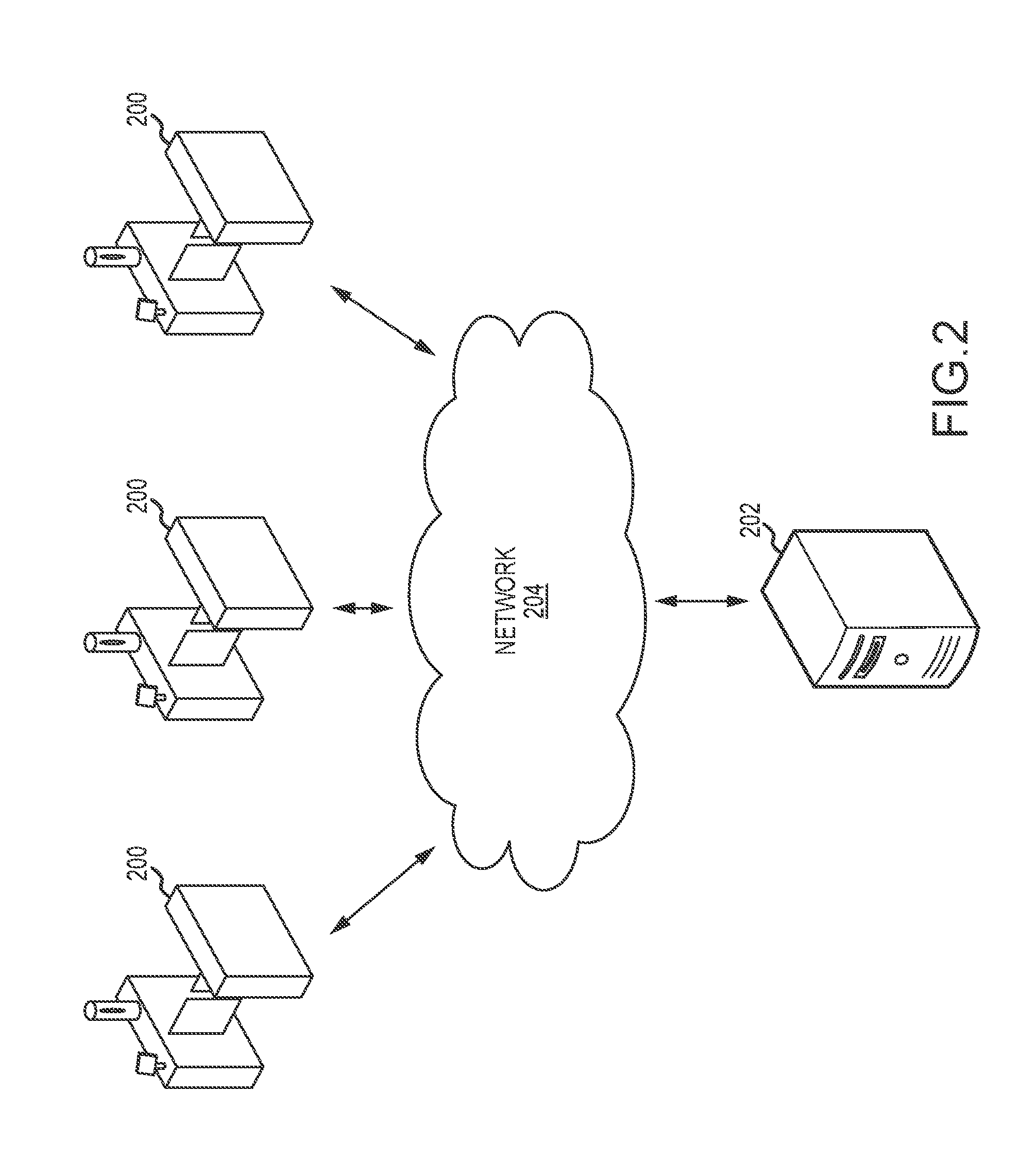3D face reconstruction from gate camera
a three-dimensional representation and camera technology, applied in the field of three-dimensional representation of a human face at a fare gate, can solve the problems of many difficulties in using facial recognition to positively identify users of transit and/or other transportation systems, and the use of facial representation and recognition of a human face is limited
- Summary
- Abstract
- Description
- Claims
- Application Information
AI Technical Summary
Benefits of technology
Problems solved by technology
Method used
Image
Examples
Embodiment Construction
[0015]The current invention relates generally to creating a 3D representation of a human's face at a fare gate or other restricted walkway, although embodiments may extend to other applications that utilize facial recognition techniques. Embodiments, allow for a 3D face capture using only a single camera. 3D facial recognition provides greater identification accuracy compared to frontal face imaging only, and allows the system to derive additional user identification characteristics (e.g. gender, age, etc.). While discussed largely with respect to single camera transit system applications, it will be appreciated that some systems may utilize two or more cameras to generate 3D facial models. For example, a camera may be positioned on either side of a gate walkway. Other applications may include applications in which transit vending machines (TVMs) are equipped with cameras, e.g., using multiple cameras from TVMs that are placed in a row to capture passenger picture from multiple angl...
PUM
 Login to View More
Login to View More Abstract
Description
Claims
Application Information
 Login to View More
Login to View More - R&D
- Intellectual Property
- Life Sciences
- Materials
- Tech Scout
- Unparalleled Data Quality
- Higher Quality Content
- 60% Fewer Hallucinations
Browse by: Latest US Patents, China's latest patents, Technical Efficacy Thesaurus, Application Domain, Technology Topic, Popular Technical Reports.
© 2025 PatSnap. All rights reserved.Legal|Privacy policy|Modern Slavery Act Transparency Statement|Sitemap|About US| Contact US: help@patsnap.com



